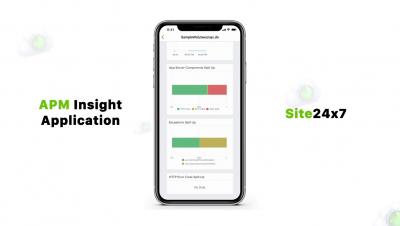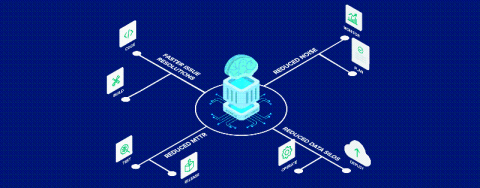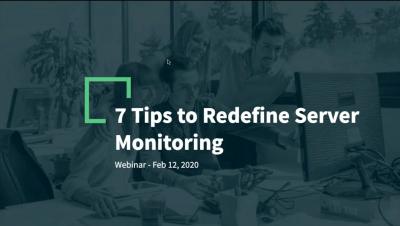Operations | Monitoring | ITSM | DevOps | Cloud
March 2020
Your 5G infrastructure monitoring checklist
5G technology, with its speed 10 times faster than 4G LTE, can help businesses realize many long-held goals, like real-time augmented reality (AR), virtual reality (VR), distributed machine learning within the Internet of Things (IoT), autonomous vehicles, smart cities, edge computing, etc. While 5G technology is imminent and likely to transform the pace of business operations, it will bring scalability challenges along with changes to networking architectures.
Get the most out of Site24x7 network monitoring with performance counters
Monitoring the infrastructure that supports remote work with Site24x7
As a result of the global COVID-19 outbreak, organizations are increasingly encouraging employees to work remotely to preserve their well-being and ensure uninterrupted business productivity. Digital transformation has made this remote adoption possible and exceeded all expectations as far as the growth rate of remote work.
Identify latency in network route and troubleshoot issues with My Traceroute (MTR)
Ensure continuous availability of your intranet resources with high availability On-Premise Pollers
Site24x7 mobile app now supports APM Insight
Troubleshooting complex applications faster
With the advent of the cloud and microservices, application architectures have become complex, and monitoring their performance is critical in protecting your business' bottom line. To troubleshoot performance problems quickly and achieve a reduced mean time to detect (MTTD) and mean time to resolve (MTTR), the use of an application performance monitoring (APM) tool is invaluable.
The role of AIOps in the DevOps story
Beginning with huge systems occupying large physical space, technology has enabled smaller, versatile devices that can be used anywhere at anytime. From the communications and hospitality industries to the public sector, either on-premises, cloud, or hybrid services were employed to make processes cost-effective.
[Webinar] Seven tips to redefine server monitoring
[Webinar] 3 New features to enhance your website monitoring experience
Load average: What is it, and what's the best load average for your Linux servers?
If you're using a Linux server, you're probably familiar with the term load average/system load. Measuring the load average is critical to understanding how your servers are performing; if overloaded, you need to kill or optimize the processes consuming high amounts of resources, or provide more resources to balance the workload. But how do you determine if your server has sufficient load capacity, and when should you be worried? Let's dive in and find out.













